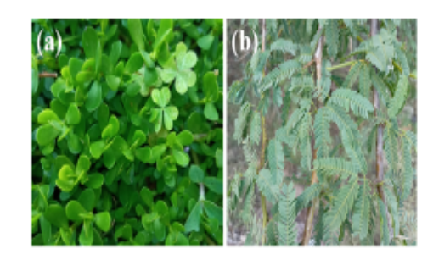


Indian Journal of Science and Technology
DOI: 10.17485/IJST/v16i37.2050
Year: 2023, Volume: 16, Issue: 37, Pages: 3034-3042
Original Article
Pushpendra Pratap Singh1, Nitai Debnath1, Tripti Bhatnagar2, Sumistha Das1, Sarika Chaturvedi1*
1Amity Institute of Biotechnology, Amity University, Gurugram, 122413, Haryana
2Codon Biotech Pvt. Ltd, Noida, Uttar Pradesh, India
*Corresponding Author
Email: [email protected]
Received Date:11 August 2023, Accepted Date:30 August 2023, Published Date:30 September 2023
Objective: Optimization of green synthesis of zinc oxide nanoparticles (ZnONPs) using leaf extracts of Bacopa monnieri, Acacia arabica, and Catharanthus roseus. Method: ZnONPs were synthesized through the co-precipitation method using leaf extracts of B. monnieri, A. arabica, and C. roseus separately, at pH 4, 6, 9, 11, and 13 on various reaction duration to optimize the biosynthesis. To validate the biogenesis of nanoparticles (NPs), the final product was collected as white-colored fine powder and analyzed by UV-visible spectroscopy, XRD, FESEM, and Zeta potential analyser. Findings: Hexagonal-shaped ZnONPs were synthesized with mean sizes of 33 nm, 35 nm, and 36 nm using leaf extracts of B. monnieri, A. arabica, and C. roseus respectively. Particles synthesized using B. monnieri leaf extract had sizes in the range of 40–60 nm, whereas particles synthesized using A. arabica and C. roseus leaf extracts had sizes in the range of 1-150 nm and 40–80 nm, respectively. It was also observed that the pH of the reaction mixture and reaction duration affect the biosynthesis of ZnONPs. At acidic pH (4 and 6), ZnONPs were not synthesized, but at basic pH (9, 11, and 13), ZnONPs were synthesized efficiently. An increase in the pH of the reaction mixture from 9 to 11 and 13 decreases the quantity of synthesized nano-powder. Novelty: The biosynthesis of ZnONPs using leaf extract of B. monnieri is reported for the first time, and comparatively analyzed with the optimization of ZnONPs biosynthesis using A. arabica and C. roseus leaf extracts.
Keywords: Green Approach; EcoFriendly; Biosynthesis; Optimization; Zinc Oxide Nanoparticles
© 2023 Singh et al. This is an open-access article distributed under the terms of the Creative Commons Attribution License, which permits unrestricted use, distribution, and reproduction in any medium, provided the original author and source are credited. Published By Indian Society for Education and Environment (iSee)
Subscribe now for latest articles and news.